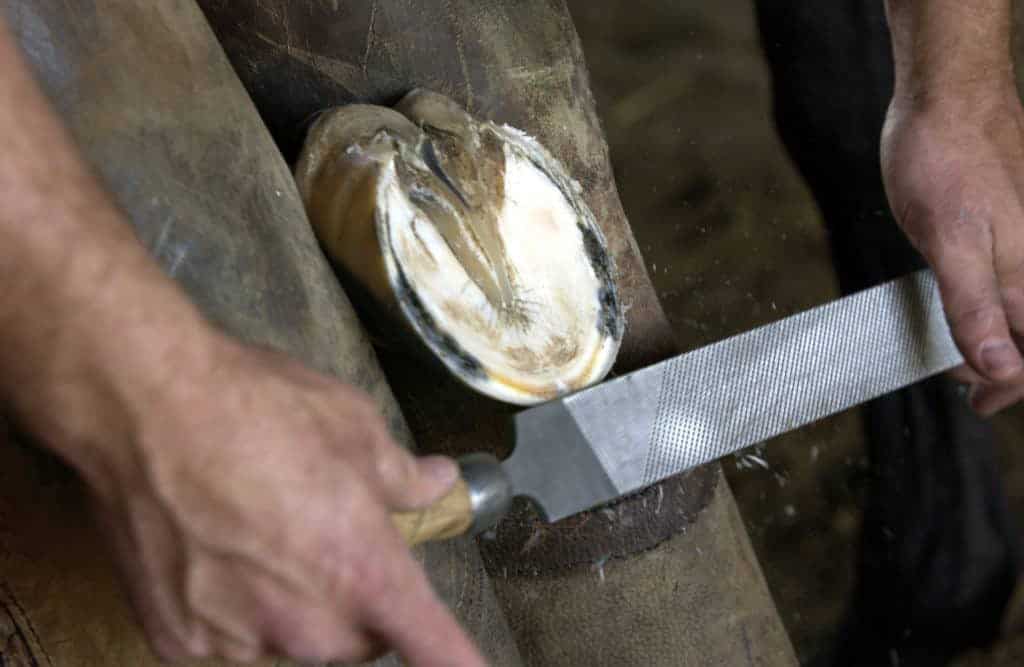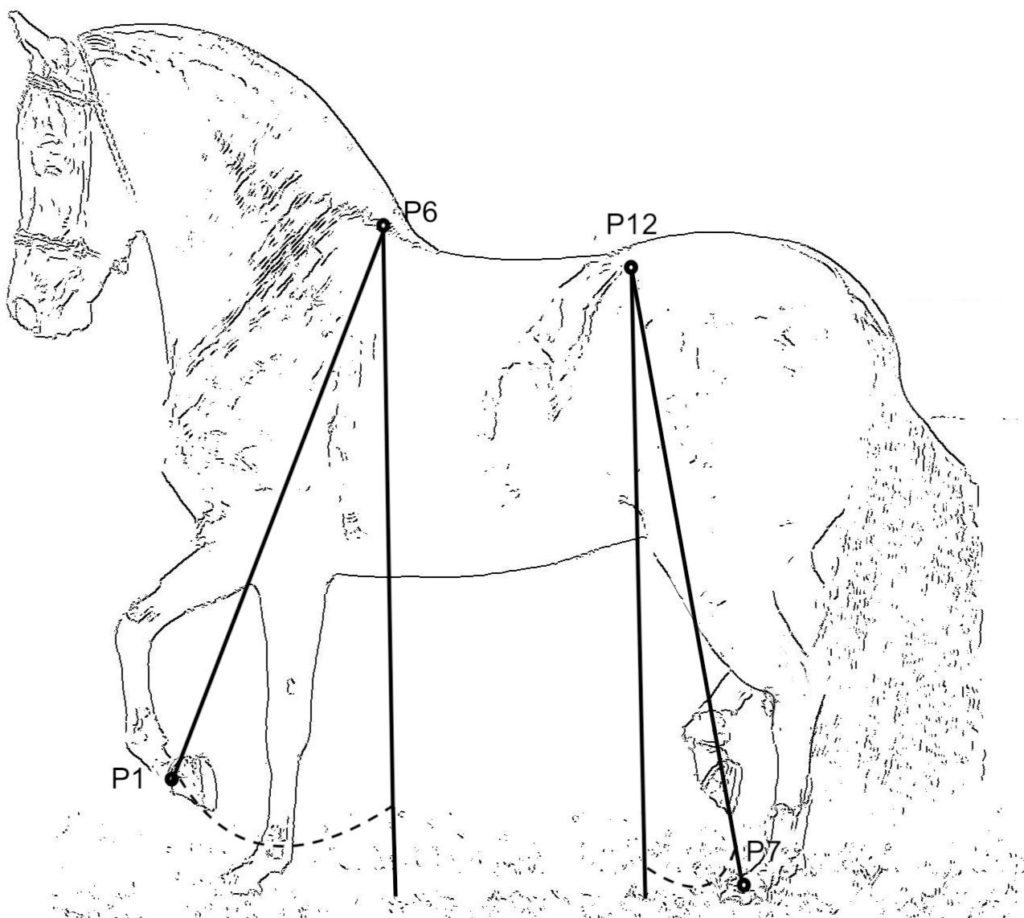
Study: Shoe Types and Combinations Modify Neck and Back Movement
Researchers now understand how 7 types of shoeing combinations affect movement in each area of the horse’s neck and back.

Researchers now understand how 7 types of shoeing combinations affect movement in each area of the horse’s neck and back.

Could artificial intelligence help determine if horses are sound to compete during a 3-day event? Find out what experts think.

Review the latest research findings on how different horseshoes affect hooves in The Horse‘s 2024 Research Roundup issue.

Do you suspect your horse is lame? Here we’ll show you how to fine-tune your riding senses to recognize lameness when you’re on your horse.

New research is shedding light on equine shivers, a poorly understood neuromuscular condition affecting horse movement and performance.

How farriers trim and shoe horses for their unique biomechanics, discipline, and riding surface.

Gait-altering conditions such as EPM, wobbler syndrome, and Lyme disease can be tricky to spot and even more difficult to diagnose.

Artificial intelligence technology might be able to assist veterinarians in making recommendations to riders about their horse’s performance.

Horses might show a slight asymmetry in their gait without being truly lame.

Researchers found sound horses’ movement didn’t change when traveling on straight, flat surfaces after undergoing foot nerve blocks.

To better understand the piaffe and its effects on a horse’s biomechanics, researchers investigate the ground reaction forces of elite dressage horses performing the movement over pressure plates.

Researchers found horses on regular four- to six-week trim and shoe cycles didn’t have significant gait changes after their hoof care appointments, even on a finely measured level.

What could cause a change in an adult horse’s leg conformation?

Renowned researcher Dr. Hilary Clayton gave a keynote presentation about equine locomotion at the 2019 Equine Science Society Symposium. Here’s our exclusive recap.

Placing a boot on a horse’s weaker leg can use proprioception to help him build muscle force and reverse asymmetry, a study finds.

Colombian Paso Finos have a unique gait most other Paso Finos don’t: the trocha. And recent study results suggest that gait isn’t genetically similar to lateral gaits in other ambling breeds like Icelandics, Tennessee Walking Horses, and pacers.
Stay on top of the most recent Horse Health news with
"*" indicates required fields